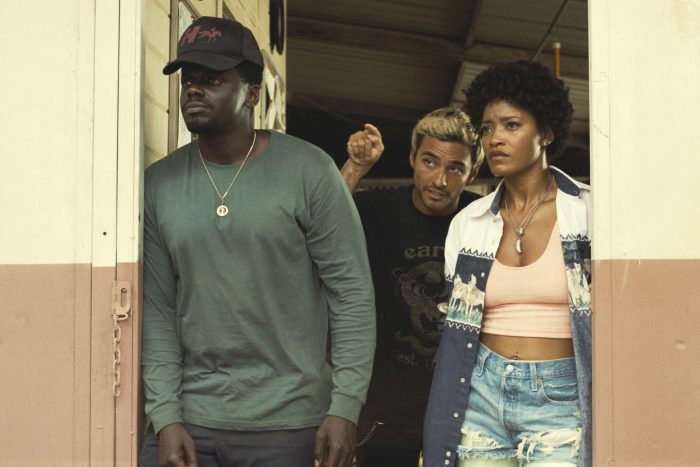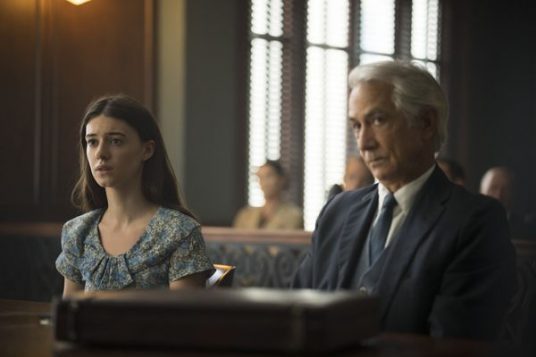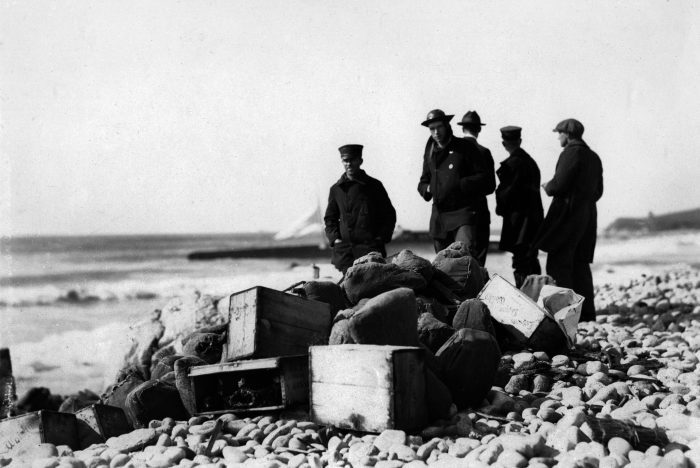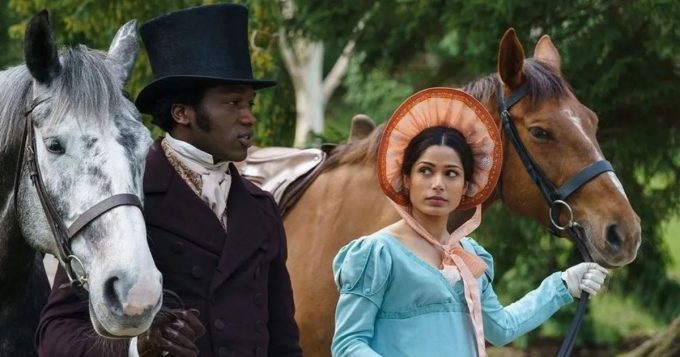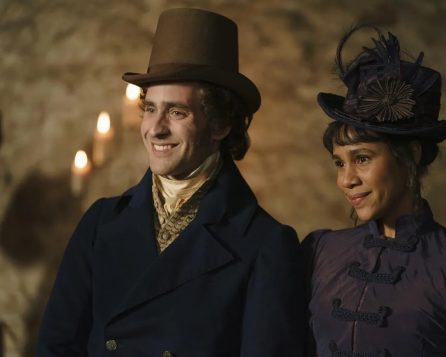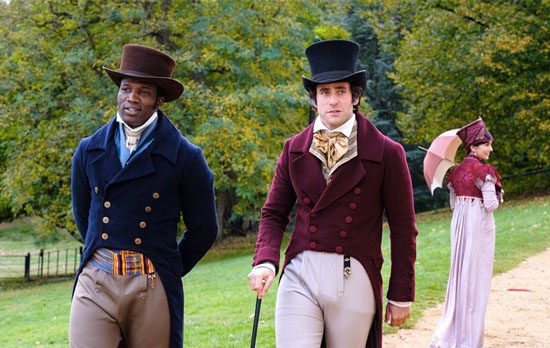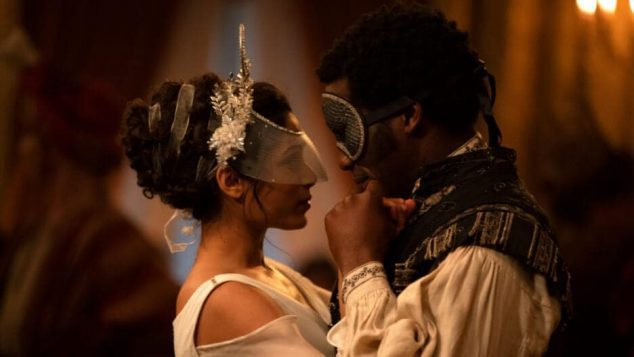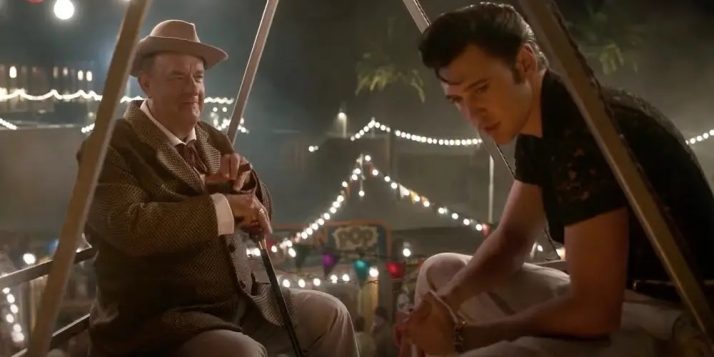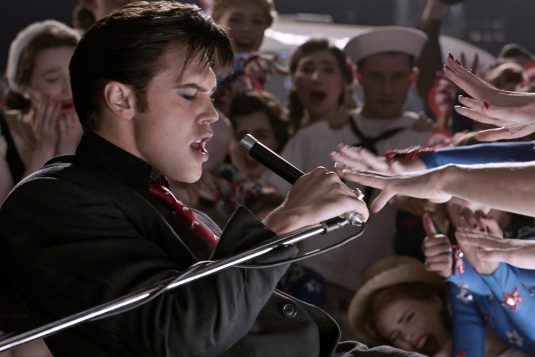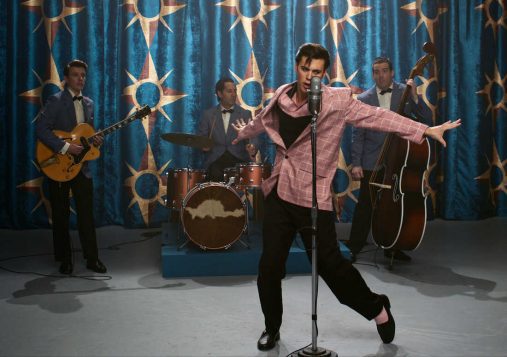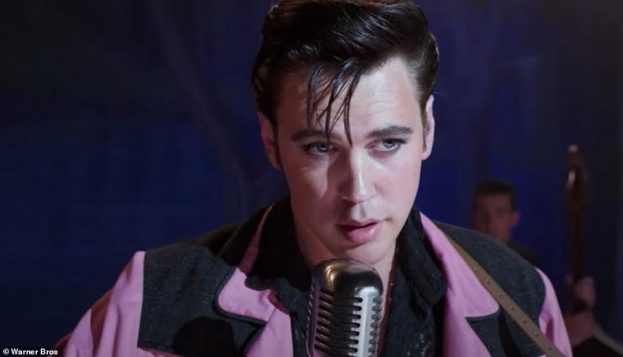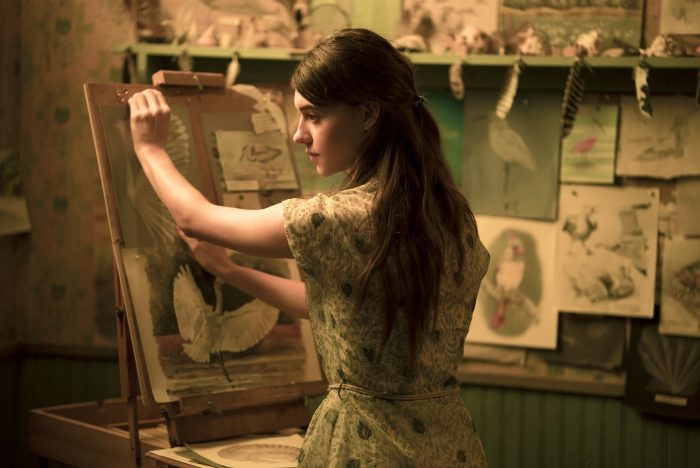By Jeffrey Sanzel
“Stop. Overthinking. Everything. Ellie. Yeah, I wish.” So states the self-proclaimed “overthinker” Ellie, the resourceful protagonist of Lee Y. Miao’s debut young adult novel Wei to Go! (Clear Fork Publishing). “Every once in a while, grown-ups want to protect you and pretend that everything’s fine. Then they’ll worry their heads off while forcing a smile.”
After “triple moves” since kindergarten, twelve-year-old Ellie leads a well-adjusted California existence, happily living with her parents and little brother, Kipp. She plays softball, delights in language (an admitted “word-enthusiast”), and circles a crush on Russ, a boy from school.
 But a cloud steals into her happy life when her father is in danger of losing his company to a sinister corporation, the Black Turtle Group. Her Hong Kong trip to save his business and career takes her on a six-day quest. Accompanied by her mother and brother, she encounters a cast of characters who both support and foil her in turn. Among those she encounters is Mr. Han, the wise and slightly whimsical gentleman who may or may not be a benevolent figure.
But a cloud steals into her happy life when her father is in danger of losing his company to a sinister corporation, the Black Turtle Group. Her Hong Kong trip to save his business and career takes her on a six-day quest. Accompanied by her mother and brother, she encounters a cast of characters who both support and foil her in turn. Among those she encounters is Mr. Han, the wise and slightly whimsical gentleman who may or may not be a benevolent figure.
The author has neatly blended a mystery plot with an honest, unstarry tween portrait of a girl with no sense of direction but a true sense of purpose. Miao understands the mind of a junior high student. Ellie struggles with her feelings for Russ:
He’s a guy from my homeroom who’s also in my math class. I’m going to play it cool and grin, and I don’t care if he’ll see a parade of silvery turquoise tinsel on my teeth.
I do not have a crush on him. Period.
But I wouldn’t mind getting to know him better.
The first-person narration reflects a clever, insightful mind with a wry self-awareness: “Everyone says I inherited Dad’s nose but got skipped for his blue eyes and drawing skills. But they’re overrated. I’ve got his smile but nothing to smile about now.”
Separating this from many YA adventures is the cultural element. With a mother of Chinese descent, Ellie questions her mixed identity. In afterschool Chinese heritage class, a nasty student refers to her as half-and-half. Ellie’s odyssey serves a dual purpose: to save her father’s business and connect with pieces of herself that she had either distanced or, ultimately, was unaware.
While trying to navigate Hong Kong, she faces both enculturation and culture shock. Here, the “word nerd” (again self-admitted) embraces the lesson that the same word with a different tone can have a completely different meaning in Chinese. This epiphany goes to the root of her being and spurs intellectual and emotional growth. The complex concept is one that she applies to how she takes in the world.
Ellie recruits nine-year-old Kipp to aid her quest. And while she makes quips about her Little Brothers for Dummies manual, he shows surprising insight, drawing on his seemingly bottomless sports references. Ellie accepts that all sibling relationships are fraught with annoyance but embraces his uncanny and unmatched ability as a human GPS. “… Big sisters have to take the good with the technical.”
The Black Turtle Group, the “corporation that everyone’s heard of but knows nothing about,” makes for a strong antagonist. Miao surrounds the monolithic organization with a sense of power and danger, a business that casts a long shadow with threats of takeovers and stolen industry secrets.
Ellie is brave and understands the risks, but she is committed to helping her family: “I read once that sometimes people go to dark places to find answers.” Wei to Go! offers plenty of intrigues: Ellie followed throughout a new and overwhelming place, having to solve cryptic verses and signs, and work her way through various shops and restaurants in the rainy and humid city. “When I found out the world is bigger than my family and me, I didn’t know I’d literally be running around in a new place far from home.”
While Wei to Go! is immersed in Chinese and Chinese American culture, the story’s universality complements an enlightening narrative and makes for an entertaining, engaging, and memorable reading experience.
Author Lee Y. Miao lives in the Three Village community with her family and a tireless dog. After working in financial jobs and writing K-12 educational material, she turned to middle-grade fiction. Her stories are about contemporary characters who discover connections to their cultures and families from the past. Sign up for her email newsletter at www.leeymiao.com to follow her writing journey. Wei To Go! is available online at Amazon and Barnes & Noble.

















